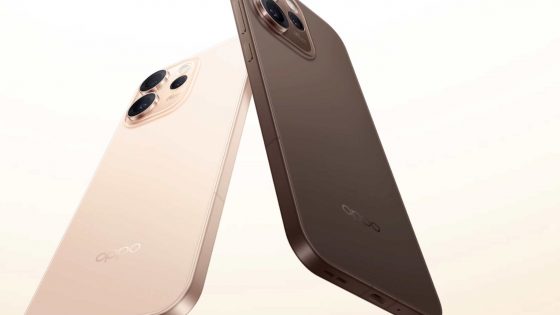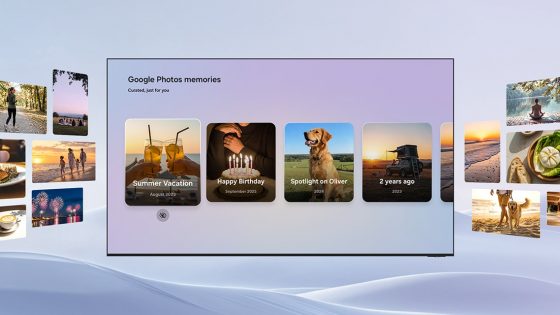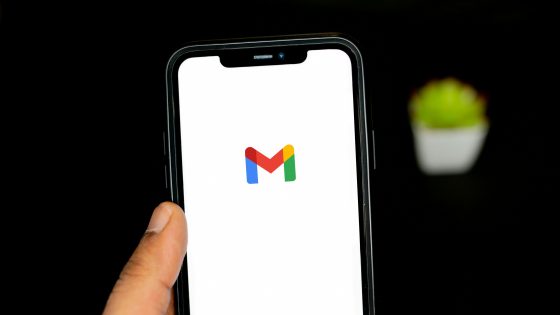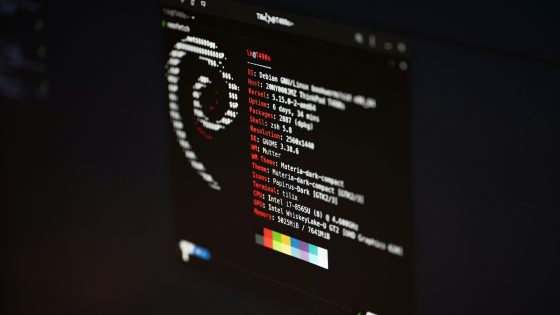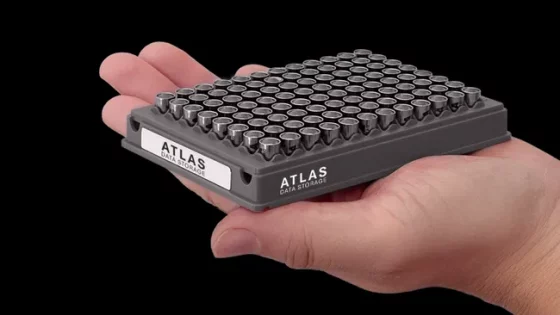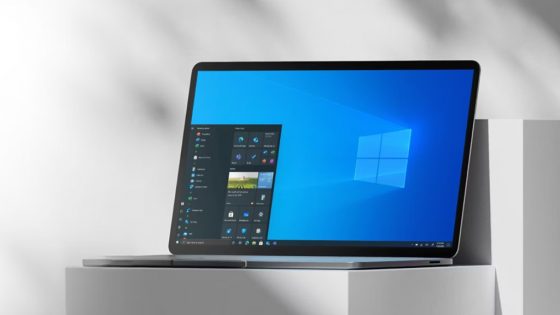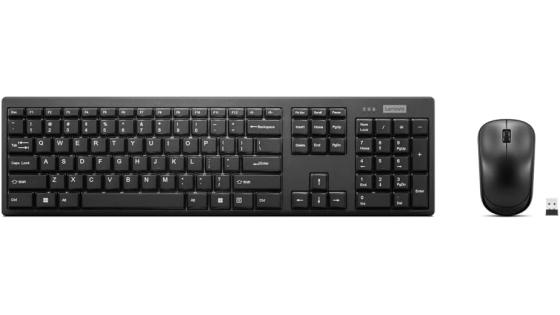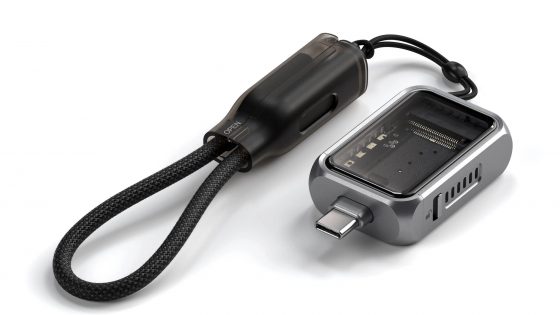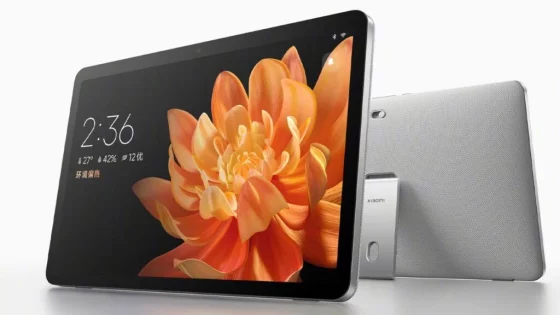Nothing Phone 3 – the first flagship phone from a young company
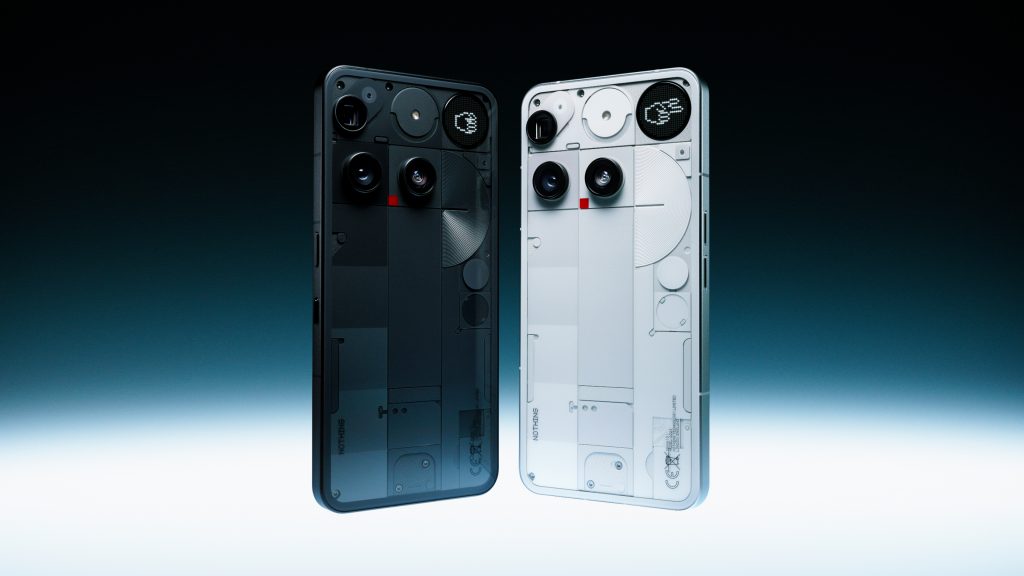
Most of you probably don't follow Nothing and their phones. They've launched six in 3 years, which is a very fast timeline for a relatively small company. In 2023, they already tried their hand at making premium phones that can compete with phones from Samsung, Xiaomi, Apple, and others. They didn't succeed then, and they have very little chance of shaking up the mobile phone market this time either. They still delivered a very decent phone on paper, although I can think of a few phones that are better for the money. More on that at the end.
A few weeks ago, Nothing signaled the end of its signature Glyph light strips. And indeed, the Nothing Phone 3 no longer has the illuminated panels like its predecessors, but instead has installed a small LED screen called the Glyph Matrix on the back in the upper right corner. It displays special icons for notifications, and can also act as a very basic mirror for selfies. It also has a button on the back for controlling the displays. Nothing offers some playful options on this screen, such as mini-games and special pictograms for contacts or applications. The company has released a software tool if any enthusiasts want to play around with what this screen can do.
The rest of the design remains true to Nothing's aesthetic: a transparent glass back with a visible bezel and screws. The phone will be available in black or white. Nothing has never been a fan of color. It's a bit more compact in design than the 2023 Phone 2, as it's 18 % thinner, and the edges around the 6.67-inch OLED screen measure just 1.87 mm. The screen supports 120-Hz refresh and reaches a peak brightness of 4,500 nits, which puts it on par with Samsung, Xiaomi, and OnePlus. It's beaten by HONOR, but we're talking about only a few hundred nits.
In terms of performance, the Phone 3 doesn't get the latest Qualcomm chip (the Snapdragon 8 Elite), but it does get the Snapdragon 8s Gen 4, which was introduced this year to integrate similarly powerful chips into "cheaper" phones. This chip doesn't have the latest Oryon cores, which are great for gaming and productivity tasks, and the graphics core is also a bit slower, but the chip still offers more than enough performance for this price range. It will be available with 12 GB or 16 GB of RAM and 256 GB or 512 GB of storage.
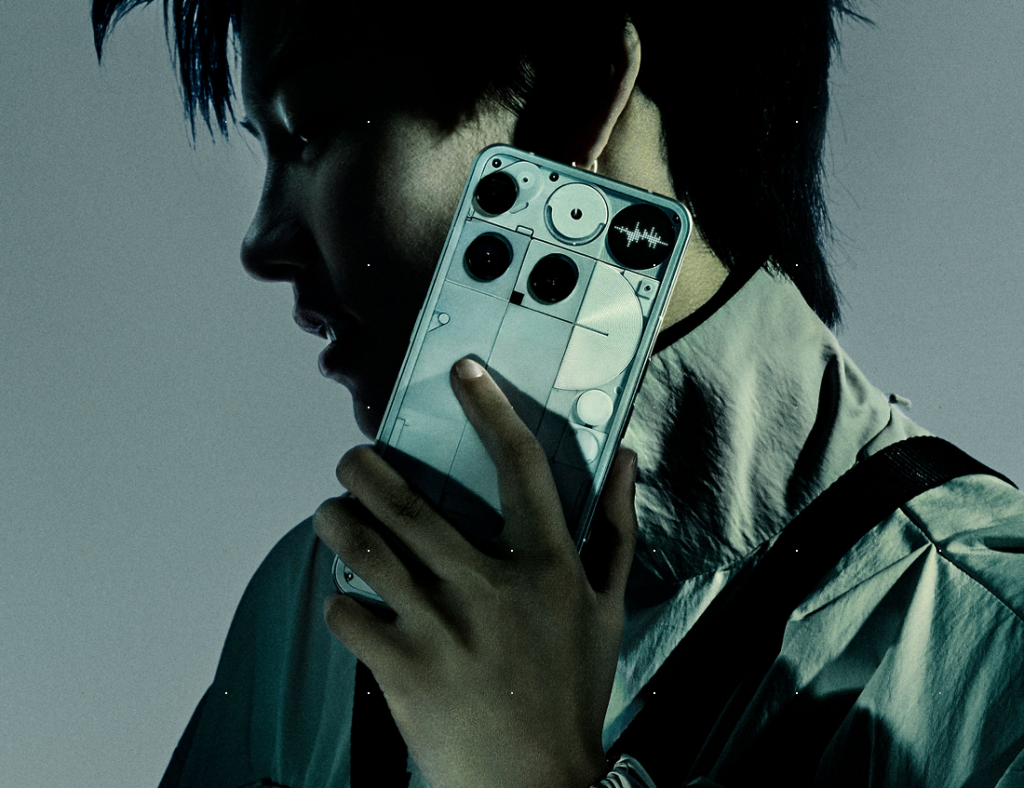
The photographic part consists of four 50 MP resolution sensors: three cameras on the back (main wide-angle, ultra-wide with macro function and 3x telephoto) and a 50 MP selfie camera on the front. The main sensor has a large 1/1.3-inch sensor, which promises a lot, although we will have to wait for tests, as Nothing has so far lagged behind the competition in software photo processing.
The battery has a capacity of 5,150 mAh, which is slightly above average, but less than Chinese rivals (HONOR, OnePlus, Xiaomi, etc.). It supports 65-W wired and 15-W wireless charging, which is more than Samsung, Apple, and Google, but again slower than Chinese phones.
The phone will have Nothing OS 3.5 based on Android 15 (which is not the latest, since Android 16 has already been released), but they promise five years of full OS updates and two more years of security patches. The Essential Key button also remains, which opens the Essential Space application by default. This uses artificial intelligence to sort and organize screenshots and reminders. Also new is the ability to transcribe and summarize meetings, and a universal search bar for searching through contacts, photos, and basic web information.
Price? €869 for the basic version and €979 for the configuration with 512 GB of storage and 16 GB of RAM. I mentioned at the beginning that it still doesn't represent the best value. For a good €600 you can get a basic Galaxy S25 with a better chip, longer support, a generally better optimized system and equally good or even slightly better cameras. The One Plus 13 is another severely underrated phone and it's a shame that it's not freely available in our market. The HONOR Magic7 Pro is available on the free market for around €900, as is the Xiaomi 15.
In short, a very good attempt by a young developer, but other phones are still a more sensible purchase for most people.





